
Josef Gočár was a great builder of Czech Cubism
 |
"Gočár's house seemed to dislike the right angle," says painter Stanislav Kolíbal. Cubism, at whose birth the renowned architect stood, is the only architectural style that the Czech lands have given to the world. A global unique artifact is Gočár's famous cubist café Orient, which was successfully reconstructed and reopened this March. It is located in the house U Černé Matky Boží on Celetná Street in Prague and is a rare example of a cubist interior. The space is dominated by huge brass chandeliers and a black cubist bar.
The department store U Černé Matky Boží was created in 1911. Its revolutionary aspects were the reinforced concrete structure and the distinctive façade. Despite its modernity, it surprisingly blended with the surrounding historic buildings, and a baroque Marian statue, known as the Black Madonna, was placed at its corner.
Gočár transformed the spa in Bohdaneč beyond recognition, where he lived from the age of eleven. In 1910, he built a reinforced concrete water tower and a building for the cavalry barracks, and later a cubist spa building, whose photographs grace architecture textbooks. It features a covered colonnade with bay windows leading into the vestibule. In nearby Pardubice, he constructed the Winternitz Automatic Mills on the banks of the Chrudimka River. This expansive structure, adorned with ornamental patterns of light and dark bricks, resembles a romantic castle.
After World War I, Gočár's style evolved. He sought national sources for his work. Based on the motifs of arches, these buildings were referred to as "round cubism," but they were, in fact, Czech Art Deco. The decoration of the façades was done by sculptors Otto Gutfreund and Jan Štursa; their work can be seen on the monumental Bank of Czechoslovak Legions in Prague's Na Poříčí.
In the 1930s, Gočár was brought to Hradec Králové, where he was already a professor at the Prague Academy of Fine Arts, by his teacher, Professor Jan Kotěra. As a mature architect, he confronted the radiating composition of a city freed from its walls. He proposed an overall regulatory plan that surrounded the old town with a belt of greenery or water. Thanks to him, there is still relative tranquility in the center of Hradec. In other districts, he addressed, for example, separate paths for pedestrians away from traffic routes. Hradec Králové became the first city designed with big-city ambitions.
The gymnasium in the shape of an open book, two municipal schools connected by a boldly designed kindergarten building, and a structure for the Czechoslovak Hussite Church—these are some of Gočár's masterpieces in Hradec.
And yet he was originally meant to be a goldsmith. At least that was what his father, a brewer in Semín near Přelouč, where Josef was born, wished. He studied at a lower real school in Pardubice and later pursued goldsmithing. However, his fate was turned by his supervising teacher Karel Peška, who recommended him for studies at the School of Applied Arts.
In 1909, Gočár presented his design for the completion of the Prague Old Town Hall. It was to feature a pyramid resembling the Babylonian tower that critics claimed would obscure the view of Prague Castle. In 1912, he co-founded the Prague Art Workshops for the production of cubist furniture. He worked on projects, lectured, and wrote. From 1928 to 1931, he served as the rector of the Prague Academy of Fine Arts.
In his later years, Gočár began to lean towards functionalism and constructivism, as seen in his villa district in Prague on Baba or the Fénix Palace on Wenceslas Square in Prague. The Church of St. Wenceslas in Vršovice is also a gem of functionalism.
An impressive chapter of Gočár's work is cubist furniture, which he began designing for his own dining room and bedroom in 1912. Dramatic expressive angles and intersections of surfaces shine on the chandelier and clock he designed for actor Otto Boleška in 1913.
Gočár's significance is underscored by a commemorative gold coin featuring his spa building, released by the Czech National Bank this April. And in 2000, he was selected in a poll as the greatest personality of Czech architecture of the 20th century.
Jitka Bojanovská
The English translation is powered by AI tool. Switch to Czech to view the original text source.
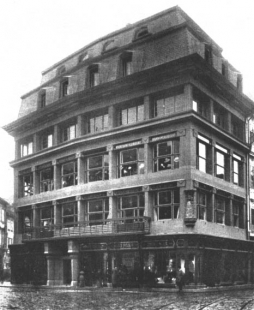
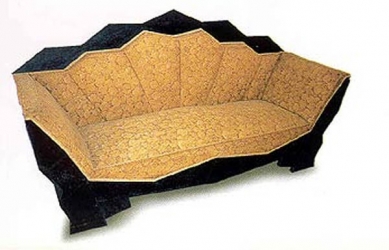
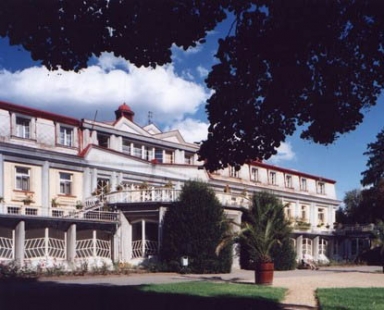
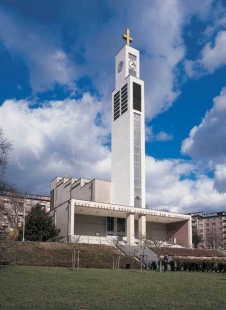
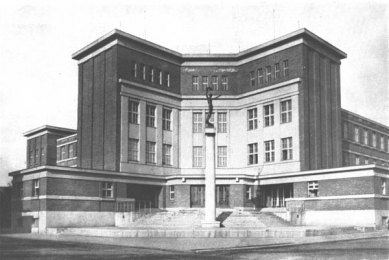
0 comments
add comment










